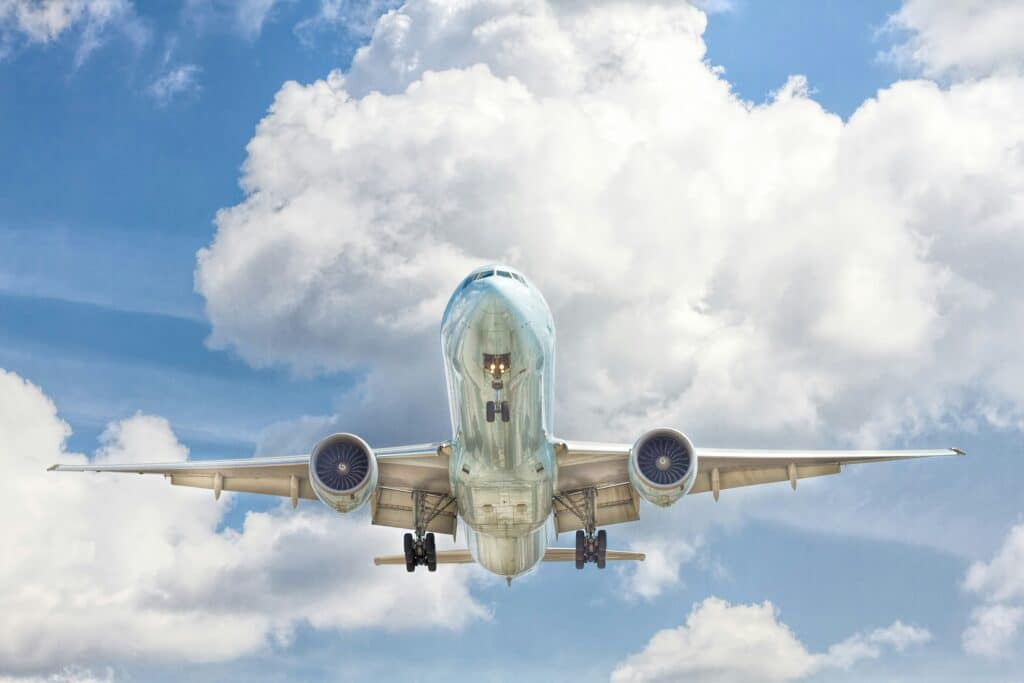Aviation Safety: How to Best Protect Employees and Travelers Alike
The world of aviation is rife with risk and safety challenges, especially for those working on the ground and in the air. While passenger safety is often what comes to mind when thinking of aviation safety, it’s imperative for employees to be protected as they are the ones who keep operations moving. Aviation safety encompasses the necessary controls and measures to protect the people in the business.
We’ll see what aviation safety is, how to improve it, and what technologies can bring to the table, or should we say air?

What is Aviation Safety?
Aviation safety is the practice of minimizing and managing risks in aviation. This entails:
- Protecting travelers
- Ensuring aircraft and infrastructure is free from harm
- Adhering to regulations
Aviation safety culture is a set of beliefs, rules, and values that are put in place to protect employees’ safety and safety management. Everyone is involved in maintaining a safety culture, and we will soon see how it can be achieved optimally.
The importance of safety within the aviation industry cannot be understated – it is a matter of life and death, and so, there’s no room for error.
Exploring Regulatory Frameworks and Safety Standards for Employees
There’s no doubt that safety standards are imperative to keep the industry in line with the latest and greatest safety measures. There are multiple regulatory frameworks and standards set in place by various agencies to make sure that employees and employers are doing all that they can to keep aviation workers protected.
These include:
International Civil Aviation Organization (ICAO)
The International Civil Aviation Organization (ICAO) consists of 193 countries that are on a mission to achieve zero fatalities within aviation by 2030. They document a Global Air Navigation Plan (GANP), Global Aviation Safety Plan (GASP), along with standardization guidelines.
Federal Aviation Administration (FAA)
Perhaps one of the better known governing bodies around aviation safety is the Federal Aviation Administration (FAA). The FAA is focused on regulating civil aviation and U.S. commercial space transportation.
European Union Aviation Safety Agency (EASA)
The equivalent of the FAA in Europe is the European Union Aviation Safety Agency (EASA), which is responsible for setting standards of safety and environmental protection within civil aviation.
Roles and Responsibilities of Aviation Employees in Safety
When it comes to aviation safety for employees, there are a lot of different departments and people to consider. Each division has its own fair share of risks and challenges, in which adequate standards and internal control must be properly communicated, devised, and overseen.
This Includes:
- Flight crew members
- Maintenance and ground crew
- Air traffic controllers
- Administrative and support staff
To assign duties and responsibilities for each role, it’s useful to map out your organization chart, document a safety policy, list everyone’s individual responsibilities clearly, and assign these responsibilities to your team members.
For example, teams within the airplane must complete internal flight checks, which include: cockpit inspections, cabin inspections, and communicating safety protocols to adhere to regulations. Ground crews are responsible for external security checks and aircraft inspections. Maintenance crews must perform timely visual inspections and operational assessments without delay. Something that all of these duties have in common is that it’s better to conduct them hands-free and without any delays or missing data.
To accomplish this, the aviation industry can turn to aiOla, a first-of-its-kind speech-enabled technology that works on your existing devices and enables you to speak through critical processes. aiOla understands business-specific jargon, in any language, accent, and acoustic environment. It also captures otherwise lost data so that the industry can better anticipate issues in advance and utilize insights to make better and safer decisions.

How to Improve Aviation Safety for Employees
If you’re wondering how it’s possible to improve aviation safety for employees, you’re in the right place. It’s advisable to set up:
Initial and recurrent safety training programs
Train employees to be able to spot potential hazards in advance with hazard identification training. They should know what issues are deemed necessary to bring up to management versus what they can handle on their own. Safety surveys, regular training, and newsletters prove beneficial.
Specialized training for emergency situations
Pilots, crew, and ground staff should have proper training on how to handle emergency situations. This way, their actions will become second nature should they find themselves in a precarious situation.
Crew resource management (CRM) training
Crew resource management training is designed for flight crew personnel to reduce errors, increase efficiency, and avoid stress.
Fatigue management and awareness training
Fatigue management are methods applied to address safety implications and prevent those in relation to fatigue. The ICAO works with the industry to help design ways to manage fatigue-related risks.
What are the Safety Tips for Aviation?
Aviation safety doesn’t exist in a silo- it requires the participation of employees, employers, regulatory agencies, and technologies to optimize its success.
Technology and tools like safety equipment, simulation and training tools, and personal protective gear are must-haves. Additionally, the future of AI in aviation is improving aviation safety and introducing new and improved ways to adhere to standards, including through speech-enabled solutions, virtual assistant, analytics, accessibility, and more.
Along with technologies, it’s imperative to promote a safety culture amongst employees, which starts with leadership and trickles down. Aviation industry leaders can also create incentives and recognition programs to motivate safety compliance and set up employee participation within the safety committee to enact initiatives.
Grounding and Enacting Aviation Safety
Aviation safety is a constantly evolving goal and set of practices designed to protect the lives of employees and travelers alike. It’s vital for employers to set and uphold safety standards according to regulations and best practices as it works to secure both human life and business. However, there’s no one-size-fits-all approach. Instead, there are markers and methods that lead to success.
With today’s innovations in technology, aviation safety is becoming more easily achievable. In order for the technologies to work in your favor, everyone must be on board and aware of best practices to be able to implement what’s best for all.


